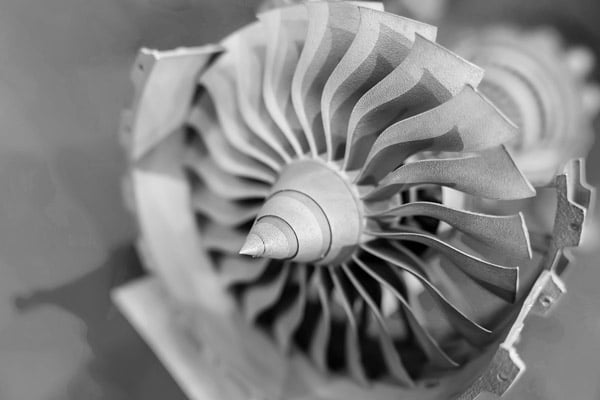The aerospace industry has emerged as one of the first beneficiaries of 3D printing technology, with additive manufacturing fundamentally transforming aircraft design, production and maintenance. This revolutionary approach has enabled breakthroughs that were previously impossible with traditional manufacturing methods, creating a paradigm shift in how aerospace systems are conceived and realized.
Revolutionizing Aircraft Design and Performance
The most significant impact of 3D printing is its ability to produce components with optimized geometry that defy conventional manufacturing constraints. With sophisticated generative design software and additive manufacturing, engineers can create complex lattice structures and organic forms that maintain exceptional strength while eliminating unnecessary weight. This capability proved particularly valuable for:
- Engine components such as fuel nozzles and turbine blades, where internal cooling channels and optimized airflow paths can be integrated directly into the design
- Structural elements such as airframe brackets and cabin components can be weight optimized while meeting stringent safety standards.
- Aerodynamic surfaces with complex curvatures improve fuel efficiency and performance.
Transforming Supply Chains and Maintenance Operations
3D printing has dramatically reshaped aerospace logistics and sustainment practices. The technology enables:
- Digital inventory systems where replacement parts can be printed on-demand rather than physically stored.
- Rapid production of ground support equipment, custom tools, and maintenance fixtures.
- Legacy parts reproduction for aircraft that may no longer have an active supply chain
- Distributed manufacturing capabilities that reduce reliance on centralized production facilities
Enabling New Frontiers in Space Exploration
The space sector in particular has embraced additive manufacturing because of its ability to create specialized components that meet the unique demands of spaceflight. Applications include:
- Lightweight satellite components where every gram saved translates into significant launch cost reductions.
- Radiation resistant housing for electronic systems in spacecraft
- Custom instruments and scientific payloads for planetary exploration
- In-situ resource utilization systems designed for future Mars missions
Driving sustainability in the aerospace industry.
The environmental benefits of 3D printing significantly contribute to the sustainability goals of the aerospace industry:
- Material efficiency through additive processes that minimize waste compared to subtractive manufacturing
- Lightweighting directly reduces fuel consumption and emissions throughout an aircraft’s lifecycle.
- Localized production with a reduced transport-related carbon footprint.
- Extending the life of components through improved design and rapid repair capabilities
Challenges and Future Directions
Despite its transformative impact, the widespread adoption of 3D printing in aerospace faces several challenges:
- Certification and qualification process for safety-critical components
- Standardization of materials and processes across the Industry
- Scalability to high volume production requirements
- Advances in materials science to develop new alloys and composites specifically for additive manufacturing
The future of 3D printing in aerospace points toward larger-scale applications, including printed wing sections and eventually entire airframes. As this technology continues to mature, it promises to further blur the lines between design and manufacturing, enabling increasingly innovative aircraft configurations and space systems that push the boundaries of what is possible in aerospace engineering.
Conclusion
3D printing has evolved from a prototyping tool to a core manufacturing technology that is reshaping the aerospace industry. Its impact extends beyond individual components to affect entire aircraft architectures, business models, and the very approach to aerospace engineering, marking one of the most significant manufacturing revolutions in the history of aviation and space exploration.
Reference
*Image from https://anubis3d.com/

